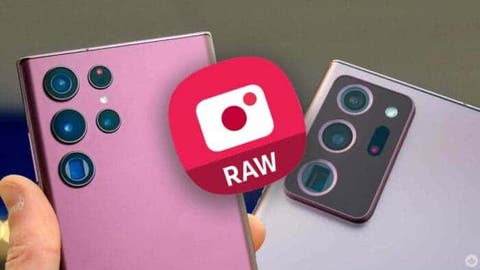Samsung has recently rolled out an update for its flagship Galaxy smartphones, enhancing the capabilities of the Expert RAW camera app. Designed for photography enthusiasts, this advanced app allows users to take manual control of various shooting parameters, save images in high-quality RAW format, access a broader dynamic range, and engage in specialized features like astrophotography.
Among the experimental tools offered by Expert RAW, which already included astrophotography and the manual combination of images shot at different exposures, the company has introduced another innovative feature: a neutral density (ND) filter.
What exactly is a neutral density filter? In simple terms, it’s a filter applied to cameras to reduce the amount of light entering the lens. This is particularly useful in scenarios requiring long-exposure photography in bright conditions, such as broad daylight.
Consider this example: you want to capture a daytime scene with motion blur, like a cascading waterfall. Achieving this effect necessitates a slow shutter speed. However, using a slow shutter speed during daylight can lead to a photograph that is excessively bright and overexposed. Enter the ND filter.
Think of an ND filter as sunglasses for your camera during daytime long-exposure photography. Like sunglasses protect your eyes from the sun’s glare, ND filters prevent the image from becoming overexposed while allowing the camera to benefit from a slower shutter speed.
Traditionally, ND filters are physical attachments for dedicated cameras. However, Expert RAW brings a digital twist to this concept. Now, users can apply ND filters through software, expanding the creative possibilities for smartphone photographers.
To access this new feature, users need to update their Expert RAW app from the Galaxy Store. Once updated, the neutral density filter can be found in the Expert RAW Labs section within the app’s settings. Enabling this feature adds an “ND” icon to the top right corner of the viewfinder, allowing users to customize the filter’s strength in multiples of two, ranging from 2 to 1000. This digital innovation empowers smartphone photographers with more control over their images, opening up new avenues for creative expression in the world of mobile photography.
Follow Gizchina.com on Google News for news and updates in the technology sector.
